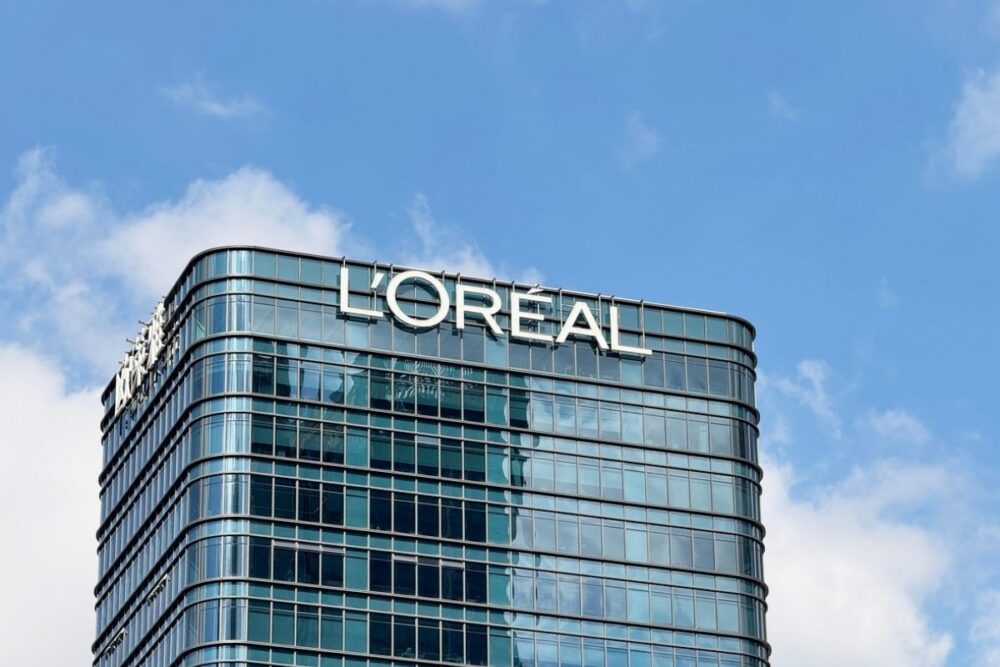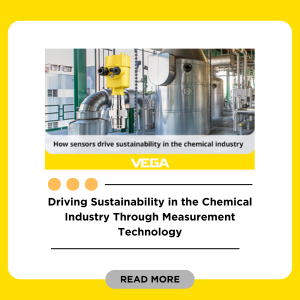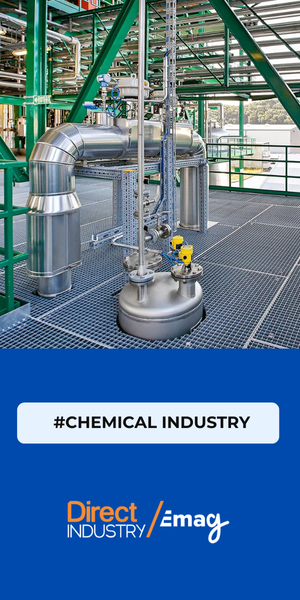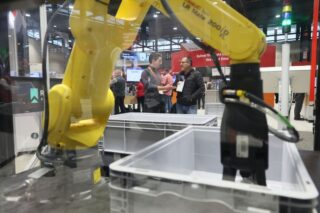L’Oréal, the world’s leading beauty company, may be known for its iconic brands and glamorous product launches—but behind the scenes, a quiet revolution is reshaping its industrial DNA. As consumer expectations shift toward sustainability, speed, and personalization, L’Oréal is overhauling its global supply chain to stay ahead. The mission? To build a future-ready, consumer-centric, and sustainable supply chain—one capable of serving a fast-evolving beauty market across 150 countries.
At the heart of this transformation is Jérôme Perlikowski, Group Sourcing Director for Supply Chain and Manufacturing. During a recent industry talk, as part of the Logiconomi event, he unpacked the multi-layered strategy behind this transition, offering a rare glimpse into how a €43 billion company is reimagining its logistics, manufacturing, and sourcing practices—without compromising growth.
Driving Growth Through Agility and Innovation
L’Oréal’s operations are massive: in 2024 alone, the group sold over 8 billion units of product. But size is not enough—speed to market and innovation are the real performance indicators.
“One third of our product portfolio is renewed every year,” Perlikowski noted. “That means constant innovation in formulas, packaging, and materials—our entire ecosystem must keep up.”
This cycle of perpetual reinvention demands extreme agility across the supply chain. L’Oréal’s strategy is to accelerate integration of acquisitions, scale them quickly, and embed them seamlessly into its operations. A good example is Yves Saint Laurent. Acquired when its sales stood at €200 million, YSL has now grown into a €2 billion brand under L’Oréal’s umbrella.
“To fuel our growth, we must innovate, acquire, and adapt—fast. Our supply chain is the backbone of that growth,” said Perlikowski.
Global Manufacturing, Local Intelligence
To keep up with product turnover while staying cost-efficient, L’Oréal is adopting a “platformization” strategy—standardizing equipment across sites to enable faster product launches, easier maintenance, and smarter investments.
“We change products fast, but we can’t afford to change equipment at the same pace. That’s why we’re working on harmonized, modular equipment that can evolve with us.”
Unlike many global giants, L’Oréal owns and operates the majority of its factories: 36 worldwide, with 18 in Europe and 11 in France alone. This gives the company a high level of control and flexibility.
“We are proud of our manufacturing footprint. With over 10,000 employees in our factories, we’re close to the markets, and that gives us a key competitive edge,” he emphasized.
Hybrid Automation for a Complex Portfolio
Automation is not a one-size-fits-all solution. With dozens of brands, varying product lines, and diverse geographic markets, L’Oréal tailors its automation strategy based on factory type, product segment, and labor availability.
“Sometimes we fully robotize, other times we use hybrid models with low or mid-level automation. The goal is efficiency—where it makes sense.”
Meanwhile, sustainability remains non-negotiable. L’Oréal is rolling out eco-responsible factories with reduced water and energy footprints, alongside formulas based on natural ingredients—a growing demand from consumers and regulators alike.
Smart Fulfillment: The Rise of Predictive Distribution
Perhaps the most transformative shift is happening further down the chain—in distribution and fulfillment. With 158 distribution centers (a third of which are company-owned) and a surge in e-commerce sales—now over 20% of total revenue—L’Oréal is launching a next-gen initiative: Smart Fulfillment.
This program aims to deploy robotics, automation, and real-time data to make distribution faster and more personalized. The company is also heavily investing in IT systems to standardize processes and better interpret demand signals—especially from social media.
“A viral post on Instagram or TikTok can instantly multiply product demand by 10. We need to be able to react—fast. That’s what Smart Fulfillment is about,” Perlikowski explained.
READ ALSO
Reducing Emissions, Rethinking Logistics
Another major priority: slashing the company’s carbon footprint, especially in transportation. Since 2019, L’Oréal has reduced air freight by an impressive 77%, replacing it with greener intermodal and sea freight solutions.
“Reducing air freight was a huge step. But to make that shift sustainable, we had to make the other modes faster, safer, and more efficient—with a real focus on renewable energy and smart logistics.”
One pilot project in L’Oréal’s Suzhou factory in China is already serving as a blueprint for future models, combining green energy, automation, and digital performance tracking.
Reinventing Supplier Relationships
A key enabler of this transformation is supplier collaboration. L’Oréal evaluates all its strategic partners using a five-pillar framework: Innovation, Sustainability, Competitiveness, Supply Chain Agility
and Governance.
“Our sourcing and operations teams worldwide speak the same language. This evaluation system helps us select the right partners and improve together over time,” said Perlikowski.
The idea is to foster long-term partnerships, not just transactional relationships. Strategic suppliers like Toyota Material Handling are now co-developing agile logistics and automation models that align with L’Oréal’s sustainability and performance goals.
“We measure progress—because what you measure, you can improve. Our suppliers must deliver performance, on-time execution, and sustainability year after year.”
The Next Chapter: A Data-Driven, Planet-Conscious Supply Chain
Ultimately, L’Oréal’s ambition is not only to keep up with industry disruption—but to lead it. That means embedding the best of technology—AI, robotics, data analytics—into every part of the value chain, while remaining adaptable to local markets and mindful of environmental limits.
“The world is moving, and we must move with it. We’re constantly testing new solutions and putting the best ones into production—wherever they make sense.”
This supply chain transformation isn’t just a response to pressure—it’s a core part of L’Oréal’s long-term competitive advantage. For a company that reinvents a third of its portfolio every year, building a responsive, intelligent, and sustainable supply chain may be its most important innovation yet.






![Image [BUYING GUIDE] How to Choose the Right Industrial Robot?](/wp-content/uploads/sites/3/Industrial-Robot-320x213.jpg)

![Image [Buying Guide] How to Choose the Right Safety Shoes?](/wp-content/uploads/sites/3/Safety-Shoes-320x213.jpg)


![Image [Buying Guide] How to Choose the Right AMR?](/wp-content/uploads/sites/3/AMR-320x213.jpg)